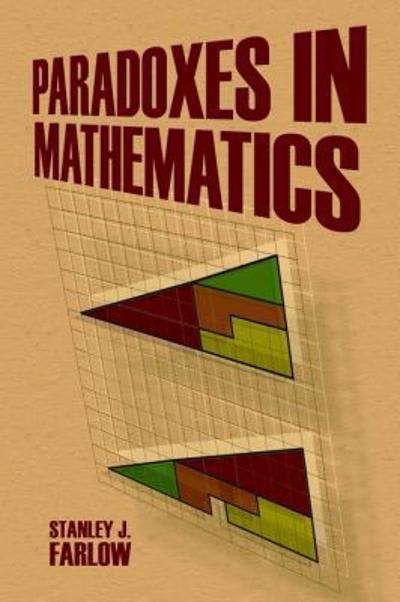Question
PLEASE RESPOND TO THIS POST WHAT IS YOUR THOUGHT ABOUT IT YOU AGREE O NO. I WILL ATTACH A SAMPLE RESPOND FOR YOU TO FOLLOW.
PLEASE RESPOND TO THIS POST WHAT IS YOUR THOUGHT ABOUT IT YOU AGREE O NO. I WILL ATTACH A SAMPLE RESPOND FOR YOU TO FOLLOW. PLEASE MAKE TWO RESPONDS INDIVIDUALLY FOR QUESTION 1 AND 2
1. data set: 30, 35, 27, 42, 50, 26, 23, 47, 23, 29, 41, 45, 21, 50, 47, 24, 26
- Report your sample mean, median, mode, sample standard deviation, range, Q1, Q3, and IQR. Do not forget, we are looking at a sample set here, so we need to use the sample standard deviation.
Mean: 34.4705882
Median: 30
Mode: 50, 26, 23, 47
Sample standard deviation: 10.636715
Range: 29
Q1: 25
Q3: 46
IQR: 21
- Compare the measures of center (mean, median, mode). How similar or different are they? Does the relationship between the mean and median tell us anything about the symmetry/skew of the dataset?
Mode does not deem to be a reliable dictator of center in the ways the numbers in the data set but tells us more about where the center of the arch when mapped on a graph. The relationship between the mean and median in relation to how the data set is skewed is that when the mean is greater than the median it becomes right skewed and when the median is greater than the mean the data becomes left skewed.
- Look at the measures of spread (standard deviation, range, IQR). How do these compare to one another? What do they tell us about the spread of our dataset?
The standard deviation tells us how spread out the data set is in reference to the mean. In each quartile there is an interquartile range of 21, however in the whole data set, there is a range of 29. They compare together because they are all the different ranges of their own respective areas and if the range were to change, so would the interquartile range change in accordance with it.
2. Report your sample mean, median, mode, sample standard deviation, range, Q1, Q3, and IQR. Do not forget, we are looking at a sample set here, so we need to use the sample standard deviation.
Mean- 34.4705882, Median- 30, Mode- 50,26,23,47. Sample standard deviation- 10.636715, Range- 29, Q1 >25, Q3 >46, IQR- 21.
- Compare the measures of center (mean, median, mode). How similar or different are they? Does the relationship between the mean and median tell us anything about the symmetry/skew of the dataset?
The mean and median are close. They are within the 30-35 range. The mode starts from 23-50 range which in between it would be around 36. I would say they are pretty similar. The symmetric distributions usually expect the median and mean to be approximately the same value. When the values are not equal, the distribution is asymmetrical or skewed. Distribution skewed to the right, the mean is greater than the median.
- Look at the measures of spread (standard deviation, range, IQR). How do these compare to one another? What do they tell us about the spread of our dataset?
The standard deviation are the values from the mean, while the range is the difference between the minimum and maximum data. IQR is the range from Q1 and Q3. Q1 is the median of the lower half and Q3 is the median of the higher half not including Q2. The spread would be to the right - meaning positive skewed.
SAMPLE RESPOND FOR #1
* We both got the same report on the sample mean, median, mode, sample standard deviation, range, Q1, Q3, and IQR. I agree with you that the standard deviation can tell the spread of the data set. I have also noticed that if the IQR is a bit far from the mean which in this case it is (IQR 21 and Mean 34.4705882) the central portion of the dataset spread out further.
* I like how you explained the shape of the graph in terms of the measures of the central tendency of the data set. Also, I agree with the standard deviation measures the spread of data with respect to the mean. Between IQR and range, which of the two is best to use if there is an outlier? I'm looking forward to your response. Thank you,
SAMPLE RESPOND #2
* I got the same values when calculating the mean, median, mode, sample standard deviation, range, Q1, Q3, and IQR. I agree that the data set is skewed to the right because the mean is greater than the median, even though it is a small amount of difference. I found it interesting that even though the range of the whole data set was 29, the interquartile range was 21.
*
Step by Step Solution
There are 3 Steps involved in it
Step: 1

Get Instant Access to Expert-Tailored Solutions
See step-by-step solutions with expert insights and AI powered tools for academic success
Step: 2

Step: 3

Ace Your Homework with AI
Get the answers you need in no time with our AI-driven, step-by-step assistance
Get Started


